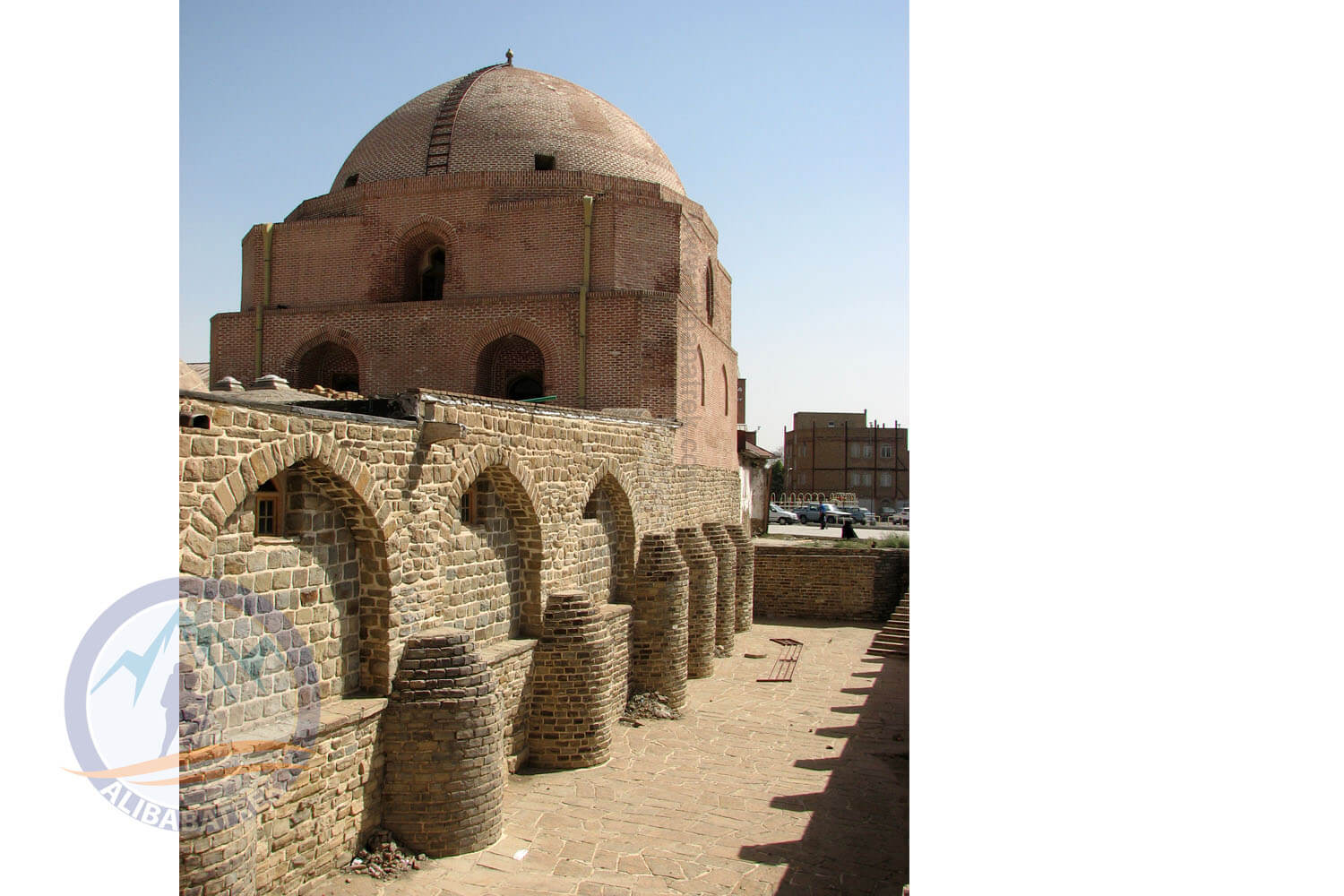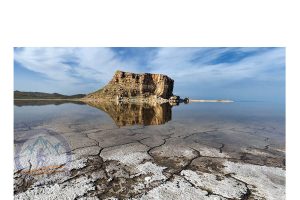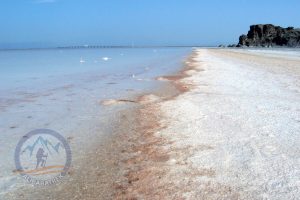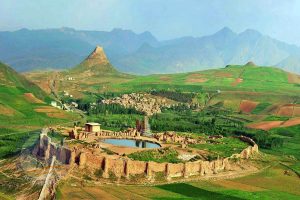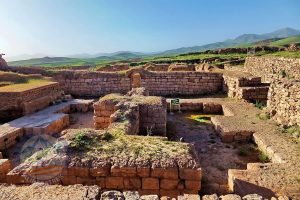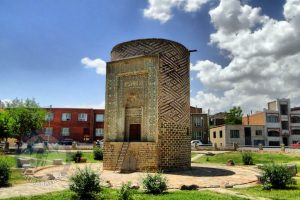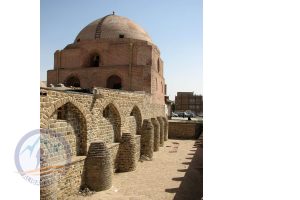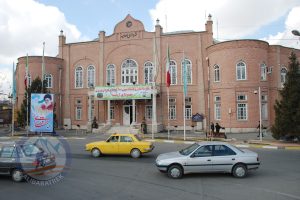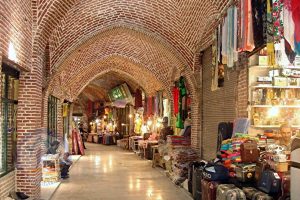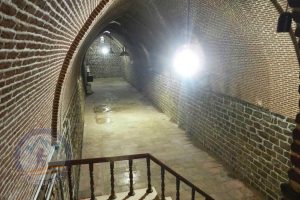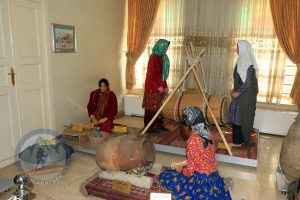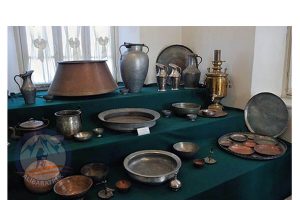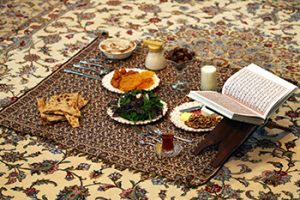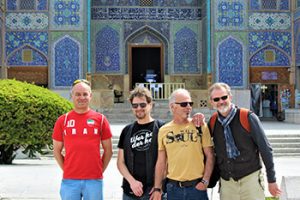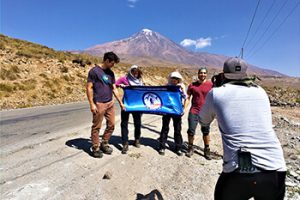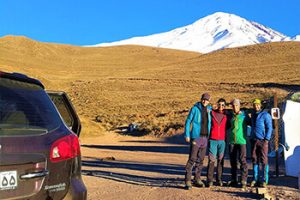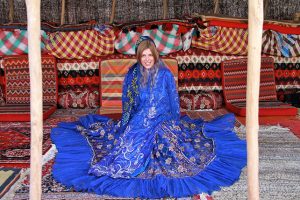URMIA
Close to the Lake Urmia, largest body of saltwater on Earth; and in the vicinity of World Heritage Takht-e Soleiman, a holy Zoroastrian site
Referred to as Rezaiyeh in the Pahlavi era, Urmia or rather Orumiyeh (a wide variety of transliterations exist) is a reasonable stop if you are on your way to southeastern Turkey. Orumiyeh is one of the top ten largest cities of Iran with a 4000 thousand-year-old history, but unfortunately today the city itself holds no sights that here can classify as must-see sights.
Jameh Mosque
This mosque in Urmia prevailing over the bazaar with its rather remarkably large brick dome and noteworthy brickwork was built during the Ilkhanate dynasty rule in the 13th century.

Urmia Museum
This small yet abundantly equipped museum exhibits an array of ancient pottery and cuneiform inscriptions. Its most eye-catching display is a replication of an invaluable golden chalice exquisitely engraved with Chariots.


Seh Gonbad
Is a two-story tomb tower in Urmia which was reconstructed in the Seljuk era in the 12th century out of a Zoroastrian fire temple belonging to the Sassanid era near the end of classical antiquity. Indeed a great deal today’s historical sites that are associated with Islam have their origin in prior religions.


Lake Urmia
This endorheic salt lake is situated amid the provinces of Iran’s West Azerbaijan and East Azerbaijan in the northwest of the country. In its most sizable expanse, it was the biggest saltwater lake existing on Earth but ever since has dried up to one-tenth of its original scope owing to both the construction of dams that consequently prevent rivers from pouring into the lake and the extensive pumping of groundwater from the adjacent area to the lake. Today Lake Urmia, including its formerly 102 islands, is under the protection of the Iranian Department of Environment as a national park.
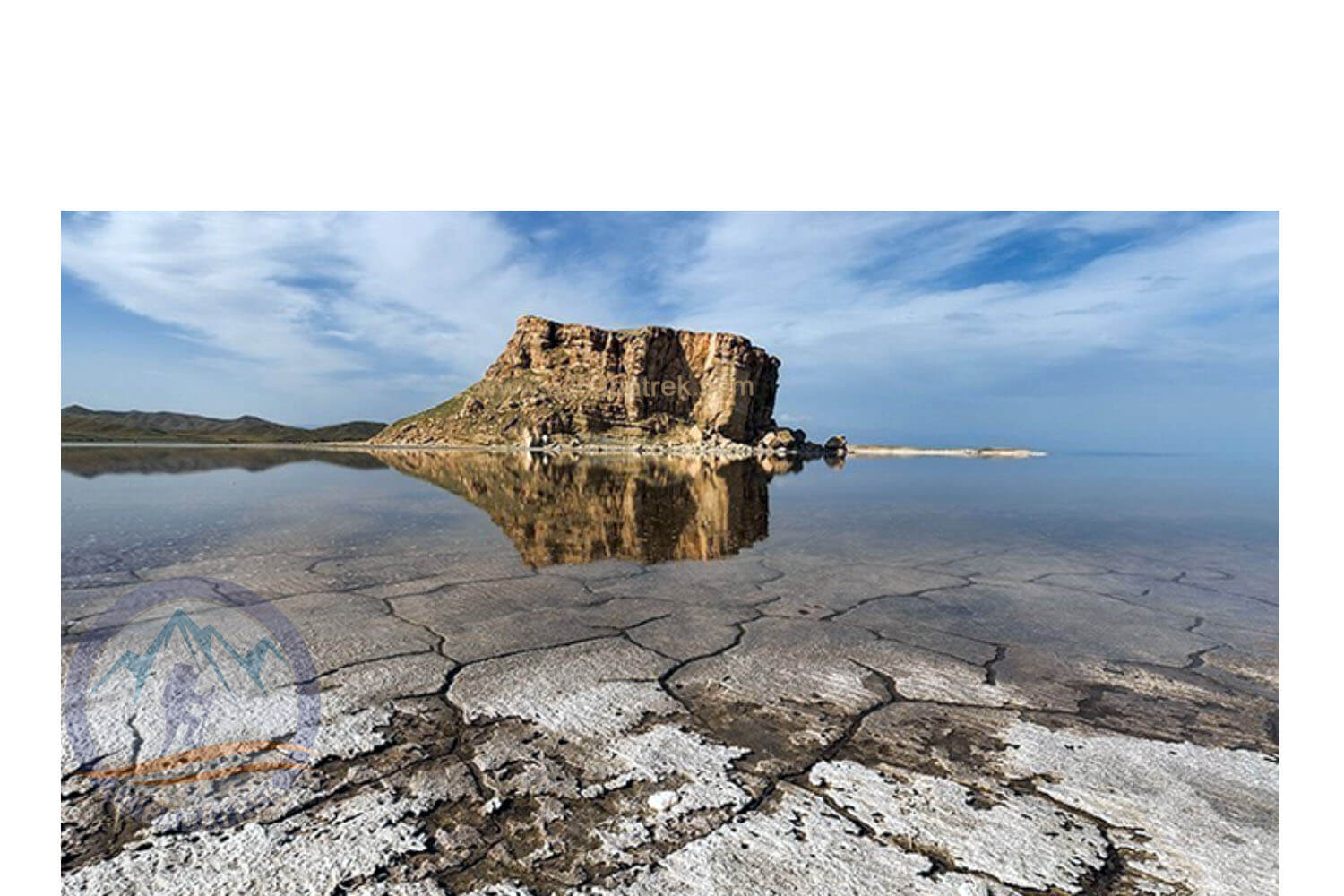

Takht-e Soleymān
This ancient archaeological spot in Iran’s West Azarbaijan is situated halfway between the city Hamedan and Urmia, nearby the contemporary town of Takab. The fortress, positioned on a hill, is otherwise recognized by its ancient name as Azar Goshnasp or “the Fire of the Warrior Kings” and was formed due to a discharge of water rich in calcium and was acknowledged by UNESCO in 2003 as a World Heritage Site.
The fortress contains remnants of a Zoroastrian fire temple constructed in the Sassanian era and was somewhat revamped during the Ilkhanian era. This fire temple was the home of one of the “Three Great Fires”, otherwise known as “Royal Fires” that The Sassanid rulers paid tribute to before ascending to the throne. The fire within today’s Takht-e Soleiman was named Adur Wishnasp and was devoted to the warrior class or arteshtar of the Sasanian Empire. Pre-Islamic and Islamic texts mention and associate this site with both Zoroastrianism, Christianity and Islam. The structures of this shrine existing near the pond are attributed to various legends through history. This site has also been cited in the 4th century Tabula Peutingeriana.
The relatively new biblical name of this site was given to it after the Arab invasion and comes from a Folk legend that claims King Solomon imprisoned monsters within an adjacent hole (100 meters in depth) which is was named Solomon’s prison or “Zendan-e Soleyman”. These legends also claim that Solomon is also responsible for the formation of the pond inside this ancient fortress.
Recent quarries have discovered hints of settlements belonging to the Achaemenian era (500 BC), and also the Parthian era (247 BC 244 AD) in the fortress. Sassanian and Byzantine coins, belonging to various Sassanian kings and the reign of Theodosius II of Byzantine who reigned from 408 to 450 have likewise been uncovered on this site.


Urmia Photo Gallery
General Info
- Population: 736,224
- Area: 42,7 km2
- Elevation: 1,332 m (4,370 ft)
- Climate: Warm
- Avg. Annual Temperature : 11.6 °C
UNESCO Heritages
- Takht-e Soleyman
- Armenian Monastic Ensembles of Iran

